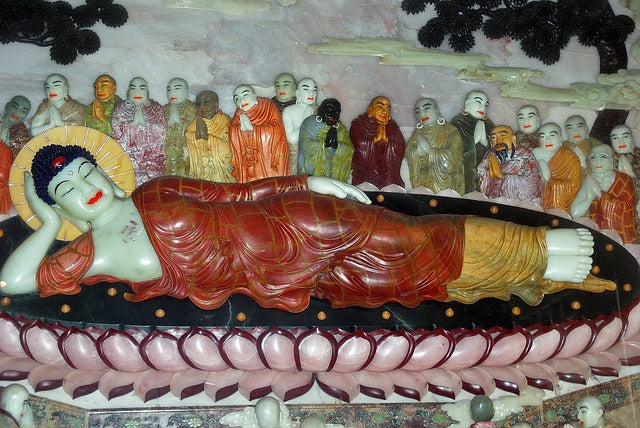Jade is by a wide margin, one of the most seasoned and sought after gemstones in the world. It is found on practically every landmass and has assumed a basic part in the molding of old societies. Today, it is however valuable and important as it might have been 1,000 years prior.
The gemstone is shaped in subduction zones all throughout the planet. Subduction happens when two structural plates crush together and cover. The plate that is constrained down brings its minerals into the profundities of the Earth, where the temperature and the pressing factor are directly for making jade. The mineral is then mined. The perilous errand of unearthing the gemstone happens the world over, China, India, New Zealand, Canada, Siberia, North and Central America at some time had digs exclusively for jade.
There are two kinds of jade: nephrite, from the Greek word nephros, which signifies "kidney," and jadeite, which is the green sort of jade a great many people know about. Nephrite jade, when unadulterated, is white. Our English word for jade is gotten from the Spanish, "piedra de ijada" or midsection stone. This relates to numerous antiquated societies conviction that jade stones eased the diseases of the flanks and kidneys. However, it wasn't just utilized for gem treatment. Jade was created for weapons, like lances and tomahawks, yet more so as gems and ornamentation.
The stone is arranged into a few classifications. Polar Jade is from the Polar mines in northern Canada, Chrome Jade is specked with splendid hints of green, Chatoyat has a tiger eye like impact in it, Bortyoidal or Bubble Jade, is formed like clusters of grapes, and Vulcan Jade is covered with a brilliant earthy colored skin, discovered only in California.
The craft of jade cleaning has been polished for millennia. The mineral is harder than steel and can't be etched; rather, it is ground and afterward cleaned to make the lovely dabs and plans we have come to appreciate. The underlying establishing of jade is done wet. The stone should be lowered when ground; it emits a destructive residue that is equivalent to asbestoses. A jewel or silicone carbide is utilized to do the establishing. At the point when the granulating has arrived at the craftsmen ideal "coarseness," it is cleaned utilizing methods and mixtures that are protected intently by the craftsman. This method has been gone down through the ages and has made probably the most mollifying plans known to natural eyes.
It probably won't be conceivable and reasonable for you to possess jade adornments. Be that as it may, there are options. False jade is a worthy substitute to the ludicrously estimated gemstone. Whenever bought from a distributer, jade dots and pendants can be utilized to make valuable adornments like neckbands and arm bands. Craftwork is an alleviating interaction and is a diversion that can be promptly shown. With artificial jade there's no motivation to falter on experimentation, making whatever you can envision.
Jade is as yet utilized today to make craftsmanship that is pervasively cherished and lauded for its polish and marvel. Most as of late it was utilized to help plan the 2008 Summer Olympic decorations; the principal non-metallic to at any point be utilized. Jade is one of only a handful few gemstones to be held with the very space that it was millennia prior. Its excellence is famous and wanted across the globe.

